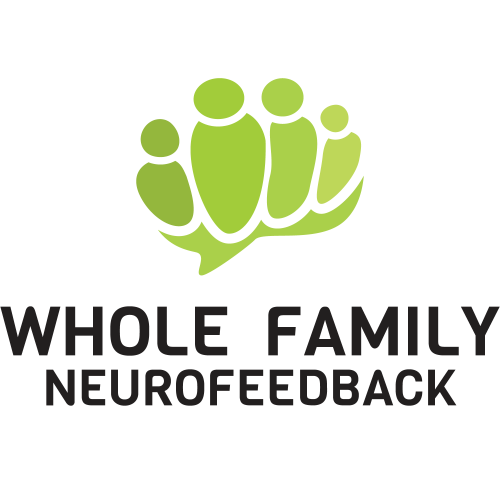Neurofeedback and Family Process
I see families who can see the shifts being made with neurofeedback, and I see others where they can’t see the changes. The folks who can’t see the changes can only see their negative expectations or their worries about the individual. And the individual picks up on it. The worry or negative reactions to that family member act as a kind of unconscious, invisible, yet deeply felt pressure for that family member to move back to the status quo. And, often times, they do. Neurofeedback and family process go hand in hand.
I felt it powerfully in my own family as we went through neurofeedback. My youngest did about 10 initial sessions and did beautifully for a good 8 months or so. Then life happened, and we changed some rules about access to phones and social media, and she plummeted into anxiety and anger and so forth. She was tough to live with. And it brought my mood down from time to time, but with my own work on myself and my role in my family (and my own neurofeedback training), I was clear that to turn my focus and worry on her would be to create more of a problem. My husband and other daughter reacted with worry, and they shared it with me, pretty intensely. When I didn’t react and join them in their distress, the energy of their anxiety diminished…and so eventuallty did the anxiety in the daughter who’d benefited so much from the neurofeedback. We continue with our neurofeedback training. In fact, my older daughter is getting a few more sessions this summer than her little sister.

We are accustomed to thinking in terms of individual psychology, individual brains, with individual problems. But what we are finding, across scientific disciplines, is that we are so interconnected (our brains too), that to declare one person, one brain, as the problematic brain in the group/family is mistaken. In fact, it’s absurd. There is evidence to support that what is happening to and in one family member’s brain is also quite literally happening to and in another family member’s brain. When the family adopts the attitude that they are all in it together, brains and all, they tend to worry less about another member’s symptoms and focus more on their own growth.
As a licensed family therapist for the last 21 years, I’ve learned to think differently than most therapists about our emotional health as a species. Conventional approaches see emotional problems as existing in the individual despite mountains of evidence that understand that individual problems are actually group problems. Not, my-son-has-ADD, therefore-I-have-to-deal-with-that, therefore-I-have-a-problem-too (and it’s HIM). But rather the group itself has a problem with focus (hyper- or hypo-)…the group itself has a problem with energy (hyper- or hypo-)…the group itself has a problem with order and executive functioning (hyper- or hypo-). And the group extends beyond just the nuclear family. It takes a village to create a problem…and to keep it going…and to ultimately turn the tide.
And this isn’t about blame. This isn’t about “good” or “bad” parenting or “healthy” or “unhealthy” families. It’s about an emotional process that is rooted deeply in us and has everything to do with just how interconnected we are. It’s about family-based up swings and down swings. It’s about the normal, family-based oscillation into and out of chaos. And it’s how we handle it. We are interconnected and deeply so. It is part of our evolutionary history. It is part of our evolutionary future to learn to be interconnected in ways that benefit the individuals AND the group.
If you are interested in learning about this emotional process in the family, have a look at www.thebowencenter.org.

